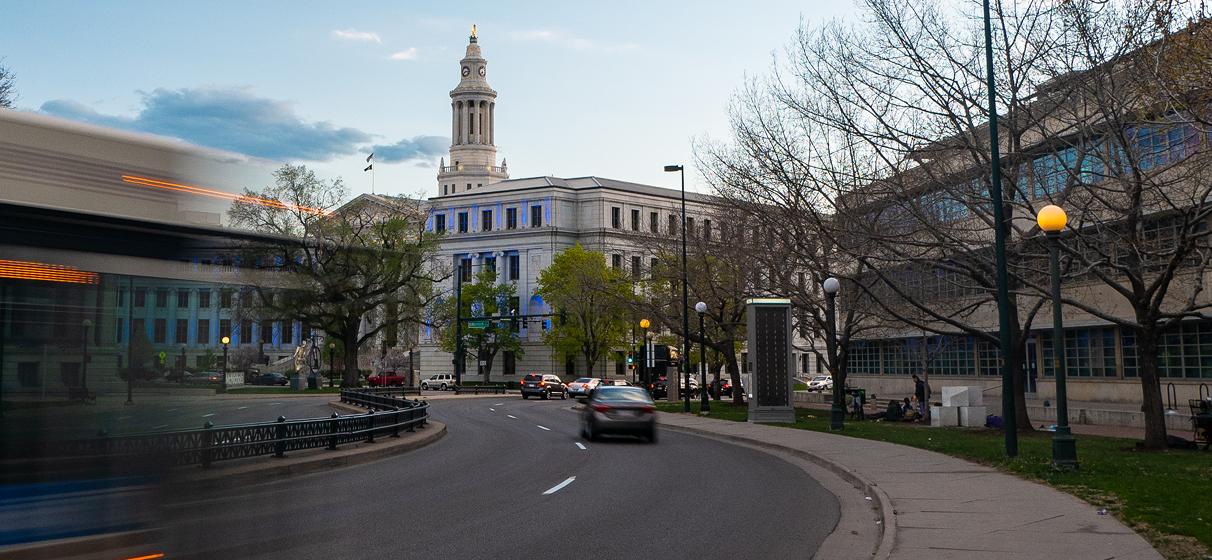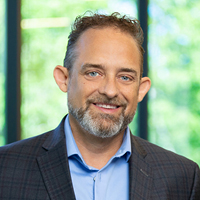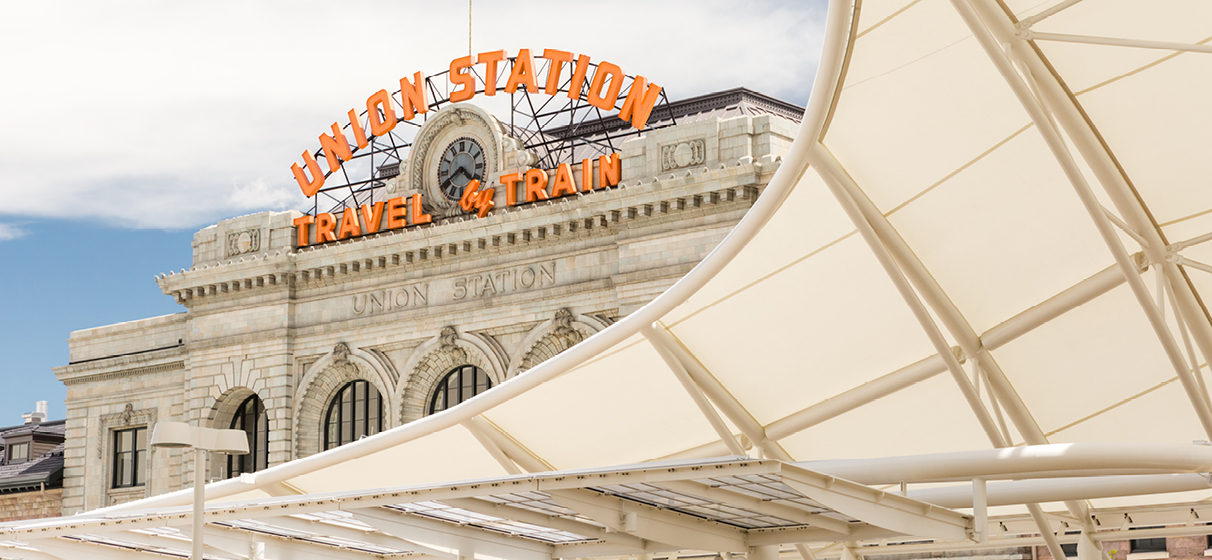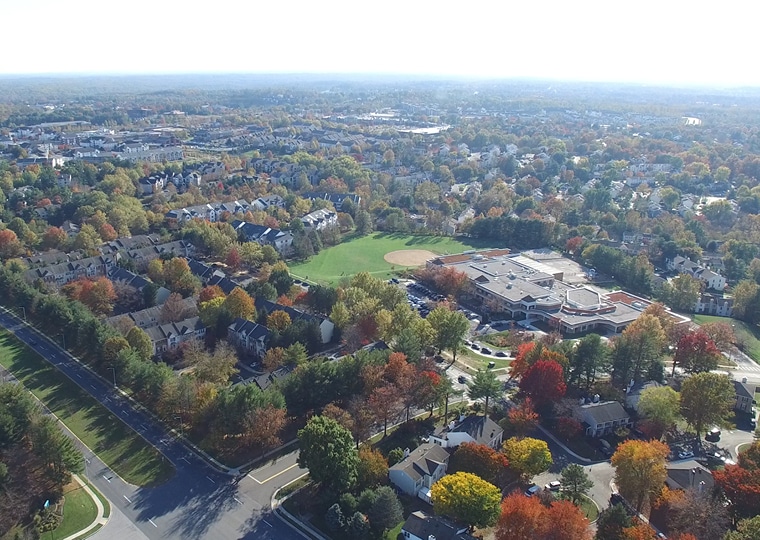During the recent fourth annual convening of the Infraday Mountain States conference – which brings together leaders from across the spectrum of infrastructure development, from both private industry and the public sector in Denver – STV’s Zach Stone, an infrastructure leader in Colorado, referred to transportation as a “spiderweb of connectivity” that connects and fans outwards.
Transportation is tied to land use, and you can’t develop land in the West without water; a significant portion of our electricity is hydroelectric. Energy transition and electrification invariably lead to sustainability and resilience.
It’s a simple metaphor, but in the conversations we’re having at conferences like Infraday, we consistently see how important it is to look at one project as part of a greater interconnected system of infrastructure, especially as we integrate automation, advanced mobility and data analytics into our work.
A central theme for the conference was Denver’s expansive and expanding bus rapid transit (BRT) program. STV moderated a panel that included Colorado Department of Transportation (CDOT), the City and County of Denver’s Department of Transportation and Infrastructure (DOTI) and the Denver Regional Transportation District (RTD), which discussed the Denver Metro BRT program. During this conversation, CDOT’s Ryan Noles, alongside representatives from DOTI and Denver Regional Council of Governments (DRCOG), laid out the ambitious roadmap that the agency and its partners are undertaking to implement multiple BRT corridors across the Denver metro area, with a stated goal of providing fast, frequent and reliable bus service to some of the region’s busiest and most underserved corridors.
BRT is one of the ways we can expand access, reduce traffic congestion and improve communities across Colorado. For the past 30 years, RTD has grown its transit network into an accessible, efficient system. With BRT, cities like Denver can create a transportation network that integrates BRT, light rail, bicycles, e-scooters and cars to create powerful multimodal corridors that are going to boost the economy and help people get to where they need to go in a seamless way.
Several BRT corridors, including East Colfax, Colorado Boulevard, Federal Boulevard and Speer-Leetsdale, are currently in development. The program represents a transformative opportunity to connect communities and offer viable alternatives to car travel.
A Track Record of Transit Leadership
STV is no stranger to the Colorado transit landscape. We are seasoned transit project managers and planners, who have a combined 50 years of experience supporting transportation infrastructure in the Mountain States region – from right-of-way coordination to community engagement, transportation design, fleet selection and future-proofing infrastructure.
Since 1991, our team has provided Federal Transit Administration (FTA) project management oversight (PMO) services for the region’s largest and most complex capital programs including:
- The $177.7 million Southwest Corridor T-REX project, an 8.7-mile extension of RTD’s light rail system.
- The $709.8 million West Corridor project, RTD’s first FasTracks rail line.
- Oversight of the landmark Denver Union Station transformation, now a vibrant multimodal hub.
- PMO services for the Transfort Mason Express (MAX) BRT in Fort Collins — one of the first BRT lines in Colorado, which operates on a dedicated guideway and integrates with local development.
As PMO, STV has helped deliver these programs on time, on budget and in compliance with FTA expectations – a legacy of reliability we bring to every transit assignment.
Beyond Colorado, STV is a national leader in delivering BRT systems that align with local needs and federal standards. Recent projects include:
- Pulse BRT in Richmond, Virginia – STV supported this successful service, which now connects residents across a 7.6-mile corridor and has become a national model for BRT implementation in mid-sized cities.
- Montgomery County’s Flash BRT system in Maryland – STV is currently serving as program manager for this rapidly growing BRT network, supporting route expansion, fleet modernization, and community integration.
Reflecting the “spiderweb of connectivity,” BRT requires a multidisciplinary team spanning planning, architecture, engineering and construction management. This team needs to work in close collaboration with transit agencies, municipalities and communities to deliver safe and high-performance BRT systems.
With Denver’s BRT expansion on the horizon, our team of local and national experts is excited to bring our national perspective and deep local experience to the region’s evolving mobility future, whether it’s navigating federal funding requirements, designing resilient corridors or managing construction in complex urban environments.










